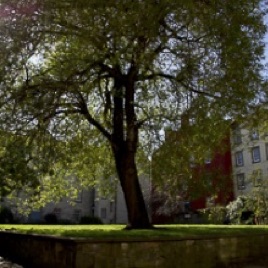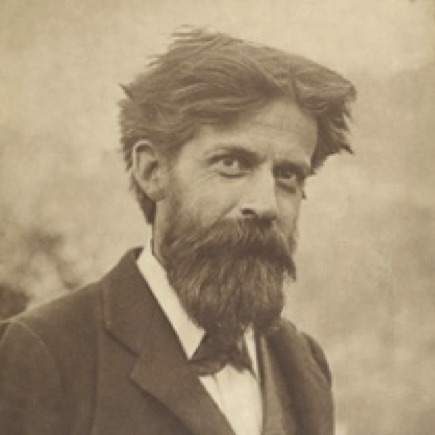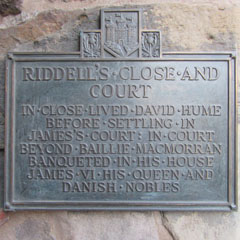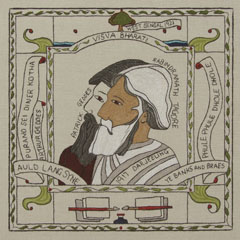240 Canongate, EH8 8AD

The High Street was the main public space and spine of the original town structure, with enclosures (or ‘closes’) situated on either side. Each enclosure consisted of a dwelling at the top and gardens behind, extending towards the fields further down the valley. As the population grew, the gardens were built over, and, by the 17th century, virtually all green space had disappeared. Dwellings off the street front were accessed through narrow ‘wynds’ and ‘closes’. Chessel’s Court is one example of the 19th-century urban regeneration efforts led by the botanist, philanthropist, pioneer sociologist and town planner, Sir Patrick Geddes (1854-1932) and the Edinburgh Social Union. Geddes and other members of the Union worked closely with architects and local residents to rescue derelict inner-city tenements and transform them into livable spaces; an approach he termed ‘conservative surgery’. This involved creating a network of small community gardens on available open spaces in Old Town, bringing inner-city residents back in touch with nature, light, and air. A botanist by training, Geddes believed that people and their environment evolved together, and the human misery and degradation seen in Edinburgh`s Old Town could be reversed by the systematic improvement of the living conditions of its inhabitants.


(© The University of Edinburgh).

(© The University of Edinburgh)

photograph by Patrick Geddes
(© The University of Edinburgh)
Find out more

 Riddle’s Court, 322/8 Lawnmarket, Edinburgh EH1 2PQ
Riddle’s Court, 322/8 Lawnmarket, Edinburgh EH1 2PQ
